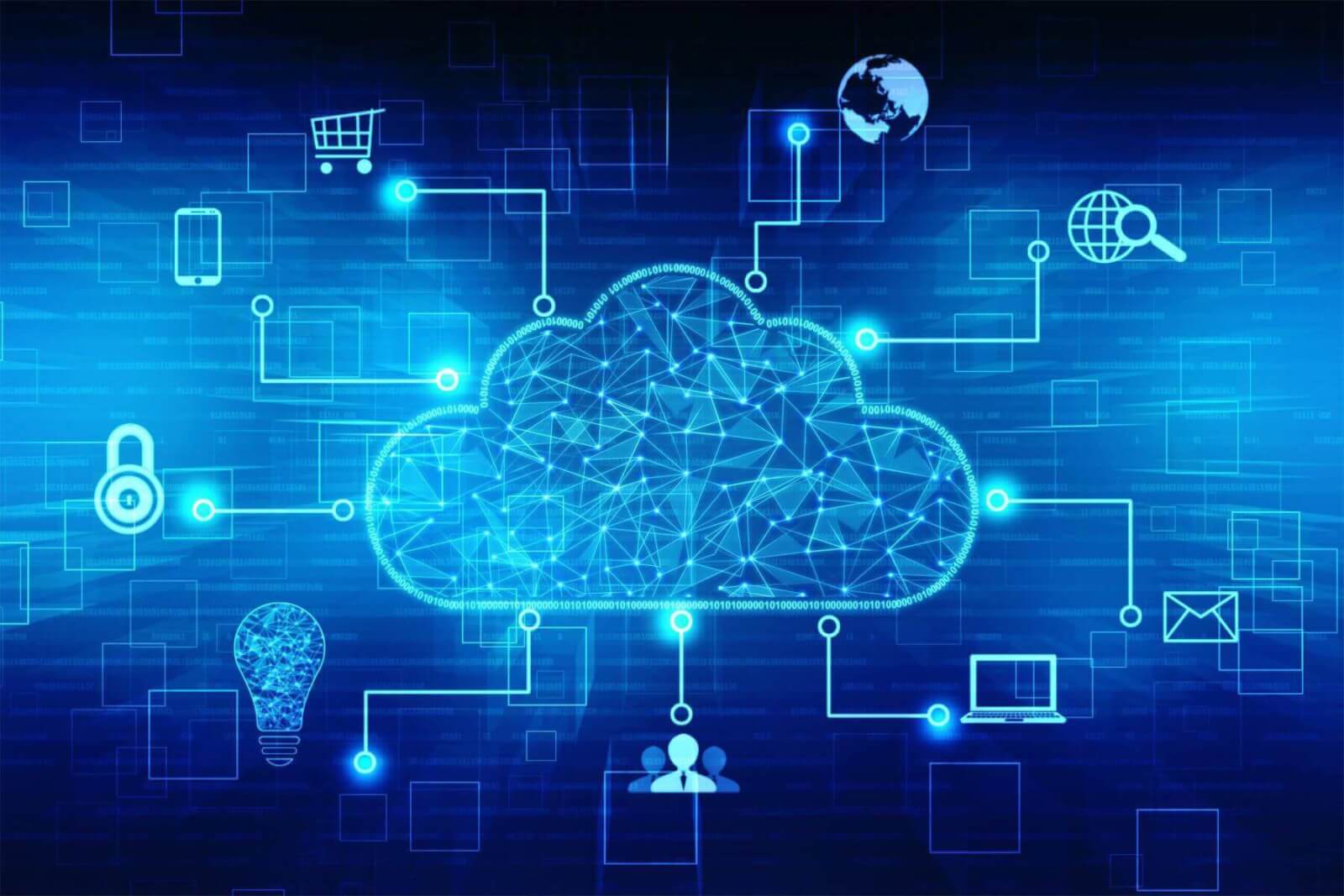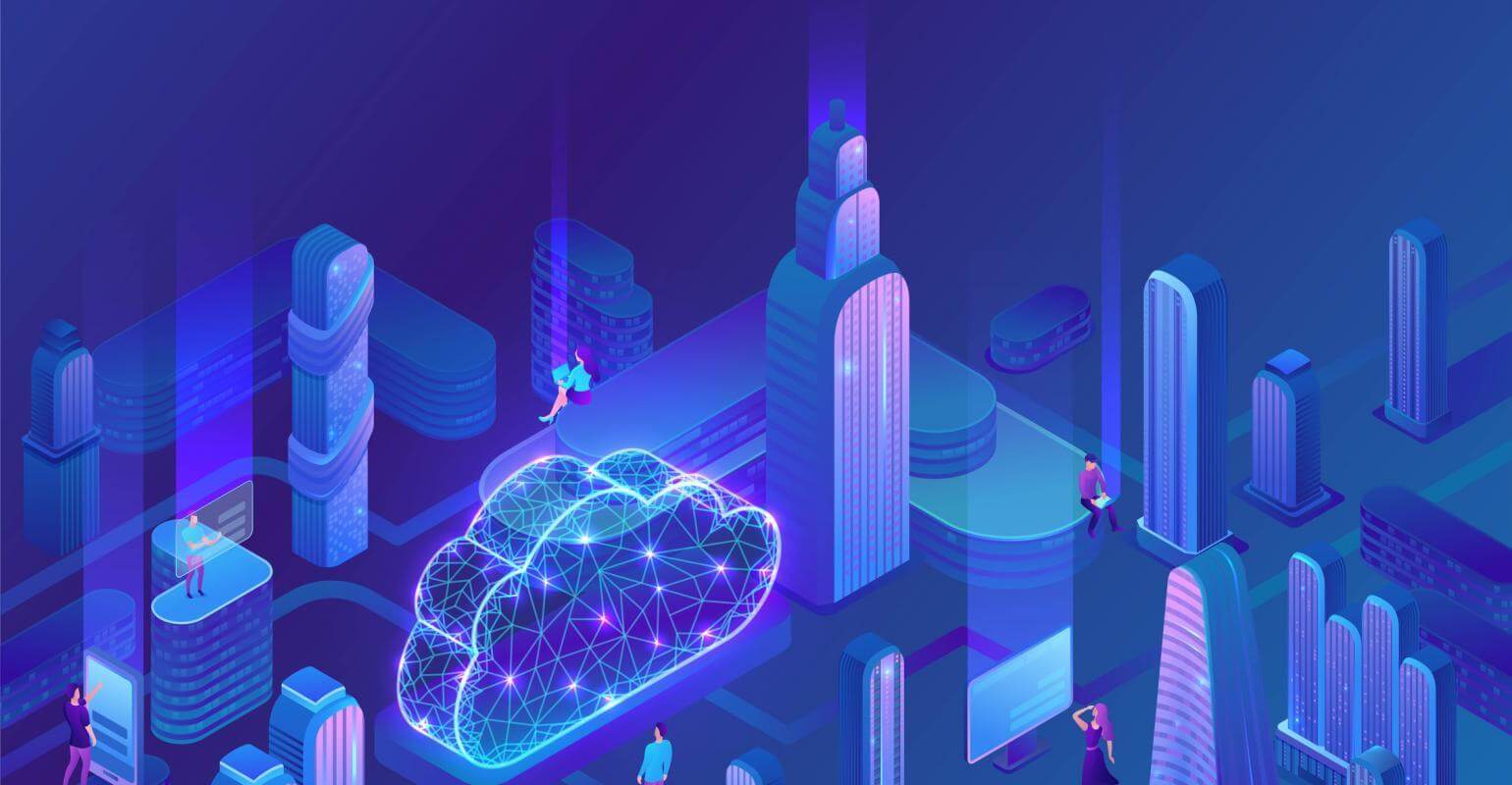
Edge computing is growing in popularity and functionality, and it’s the perfect tool to interface with Internet of Things (IoT) applications to reduce cloud utilization and speed up analytics. As a result, edge data centers are proliferating, and they’re being used in cutting-edge 5G and distributed computing applications. In fact, by 2030, the Ericsson Mobility Report predicts that there will be 125 billion working IoT devices. Of those, 3.5 billion will need cellular IoT connectivity, and all of this connectivity will create 800 zettabytes of data.
Unifying Edge and IoT
Why is it so important to integrate edge with existing IoT systems? According to Jeffrey Fidacaro, a senior analyst at New York City-based 451 Research, edge is the “infrastructure topology that supports the IoT applications.” In other words, it offers a map of the relationship between devices and sensors and the holistic IoT application. Thus, says Fidacaro, it’s important to build a unified edge/IoT strategy that optimizes how you’re using your infrastructure and offers more options.
Without an integrated IoT solution that stores, organizes, and transforms data into actionable insights, enterprises are not spending their money wisely. They’re also leaving themselves vulnerable to critical operations issues and avoidable problems. By integrating an edge data center into an existing IoT application, we can remain “always-on” and connected.
Edge data centers also reduce response time by conducting calculations and analyses on the end device, rather than in the cloud. This can save several seconds of data transmission, and it can result in massive cost savings for the most expensive issues your business faces. For example, an edge computing sensor can let you know immediately when an important piece of equipment is starting to behave abnormally, allowing you to take action much earlier than you would have in the past.
Edge data centers are often built closer to end devices, but the data centers need their own facility and data monitoring. Because these sites can be located in remote, hard-to-reach areas, it’s best to utilize IoT to monitor, protect, and maintain the facility around the clock.
If you think integrating edge computing into your application can help solve your business needs, here are seven crucial features to look for in an edge-enabled IoT platform. With these functionalities, you’re sure to get best-in-class performance and full control over your IoT system.
#1: It’s Scalable
Make sure that the edge IoT platform you’re looking to contract with offers scalability. Not only does it need to offer the ability to scale, but it needs to allow you to scale quickly. After all, what is the point of working with cutting-edge technology if it doesn’t move fast when you need it to?
An example of this includes allowing you to collect and manage data from one location or across a number of global locations. Or maybe your portfolio size has grown immensely in the past few days, and you need more bandwidth to seamlessly take on the extra work. Your chosen edge IoT platform should allow you to continue generating critical insights without limiting your future or business’s potential.

#2: It Offers Cost-Effective Pricing
Whenever you’re working with innovative technology, it can seem expensive due to limited access and limited knowledge involved. But transparent pricing is vital to any business relationship, and edge IoT platforms are no different. When you want to upgrade or downgrade your features, there should be clear pricing for things like connecting to cloud analytics services or third-party applications without any added hassle.
#3: It’s Flexible for Integrations
The right edge IoT platform should plug into your existing systems without any major overhaul or development. It doesn’t matter if you’re using older equipment with new software or second-hand equipment with legacy software. Readily integrating into your current setup should not be a big ask from your new edge IoT partner.
#4: It Avoids Commissioning
To keep things moving quickly and seamlessly, the right edge IoT platform should be able to deploy new features or scale quickly without requiring onsite commissioning. Ideally, the platform should offer a single-source Bit API that integrates any analytics tool or feature.
#5: It’s Cloud-Based
It might not be clear from the offsite setup feature in #4, but having a cloud-based edge IoT platform is critical for those devices and sensors that need it. From there, accessibility, simplified connections and integrations, and easy setup are secondary but equally important requirements. Ultimately, the cloud reduces costs and eliminates the need for on-site programming tasks that often take up a lot of time and budget.
#6: It Allows for Ethernet Connectivity
An ideal edge IoT platform should be able to enable data access and transmission with hard-wired ethernet connectivity as a backup connection. The platform should also allow for an outbound IP port that offers a secure connection for data transmission.
#7: It’s a Comprehensive IoT Toolkit
A comprehensive toolkit can be flexible enough to be tailored to almost any business need. It should come with all of the essential tools you need to build an IoT solution without a lot of external help. IoT devices and sensors should be easy to install, and they should support a wide variety of data pipelines and transmission protocols.
Get an Edge on Your Competitors
Don’t settle for just any edge IoT platform. By performing the due diligence early on, you can save your business more in money and time. With edge integrated into your IoT system, you’re enabling true real-time analytics, monitoring of equipment and machinery, and facility management. Finding a platform that offers these seven features will set your business’s IoT system up for success.






